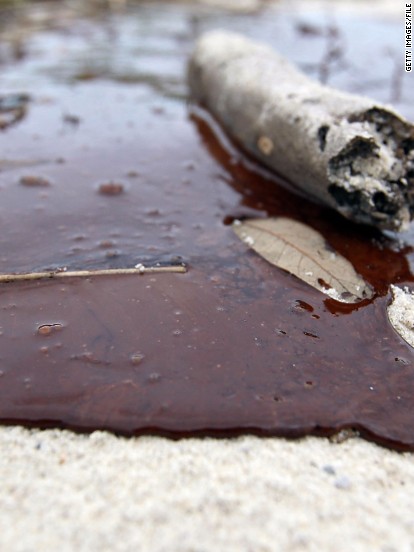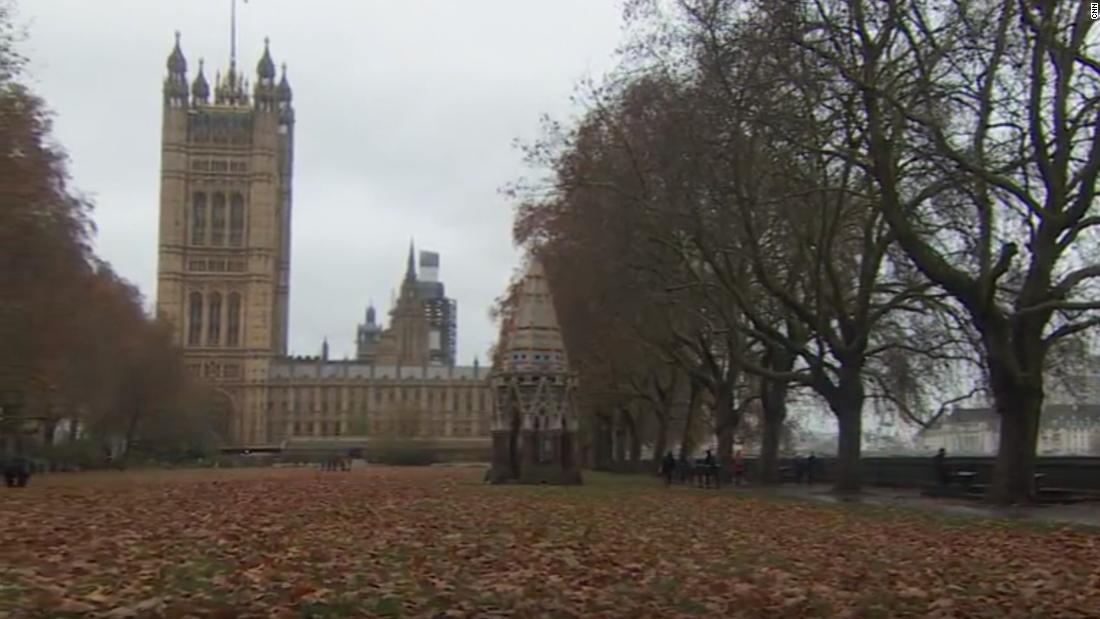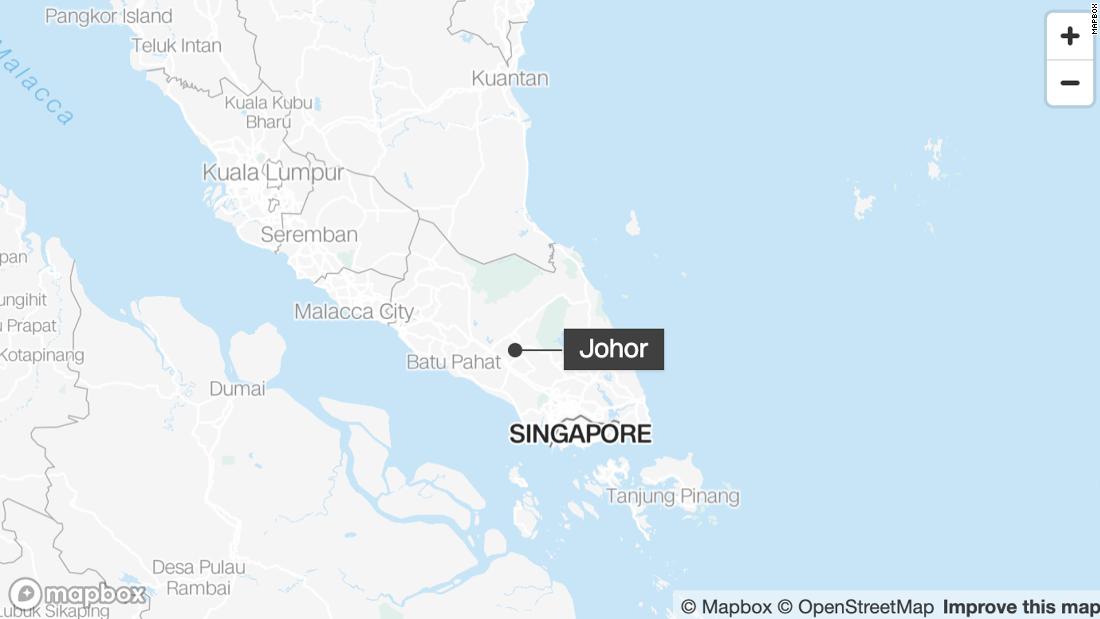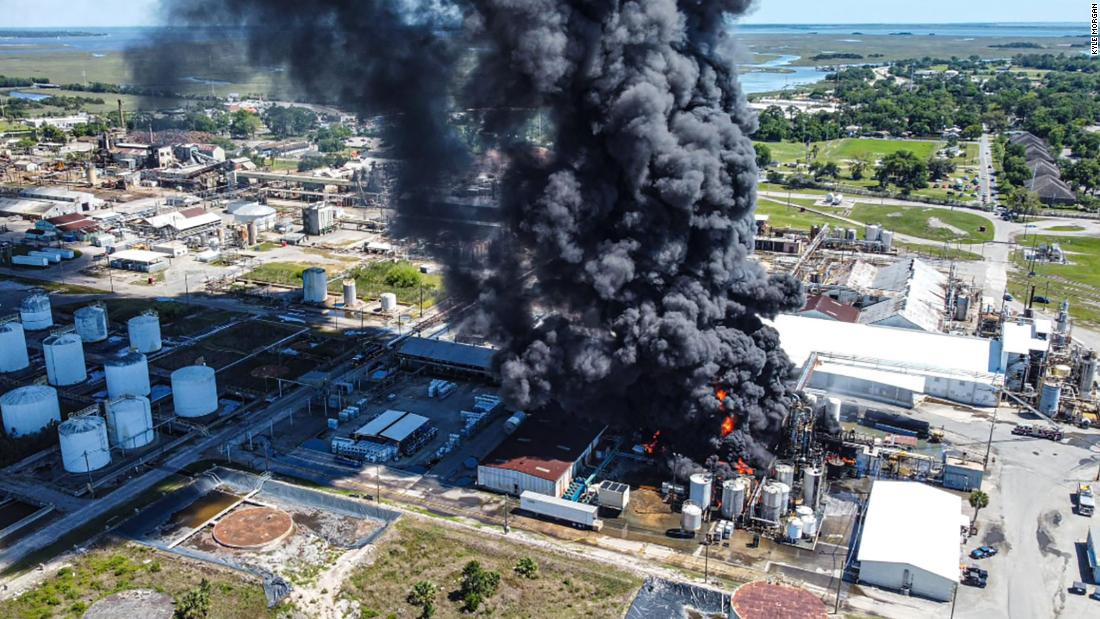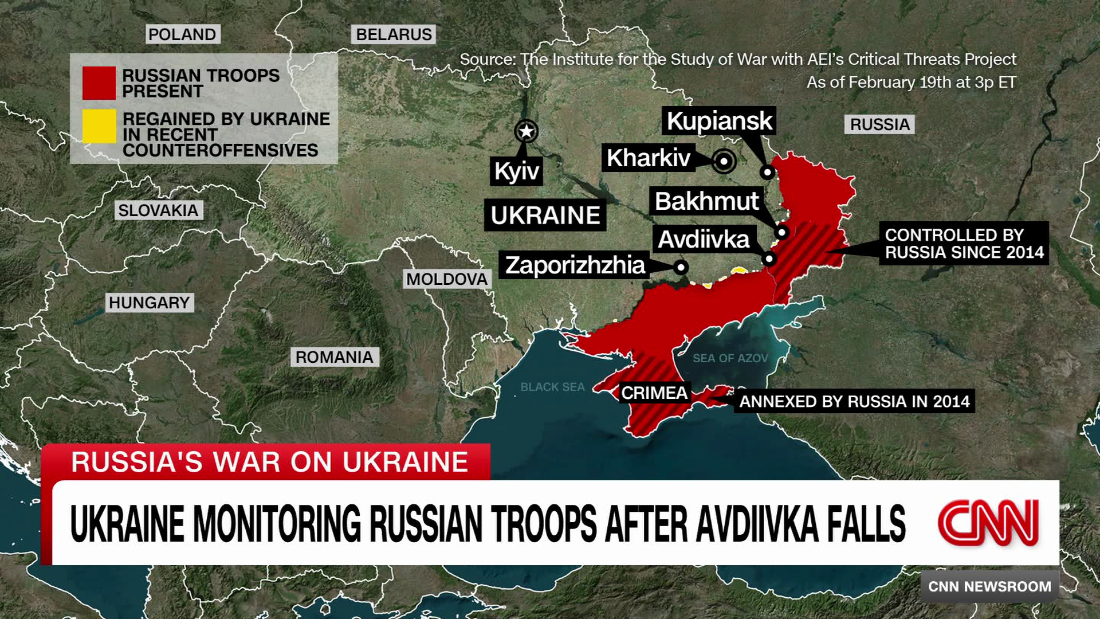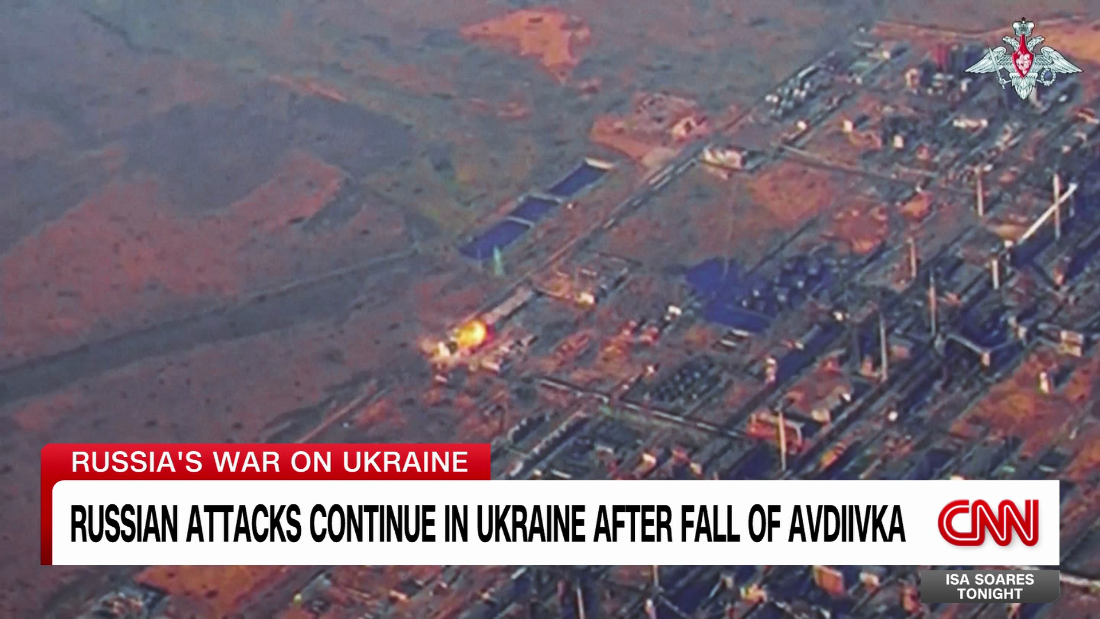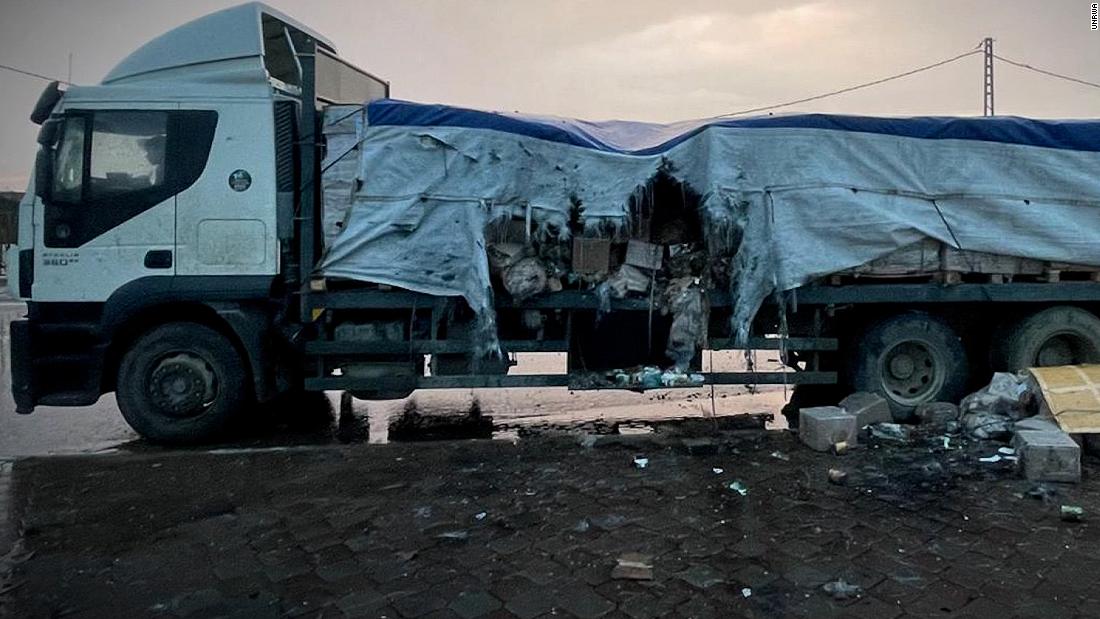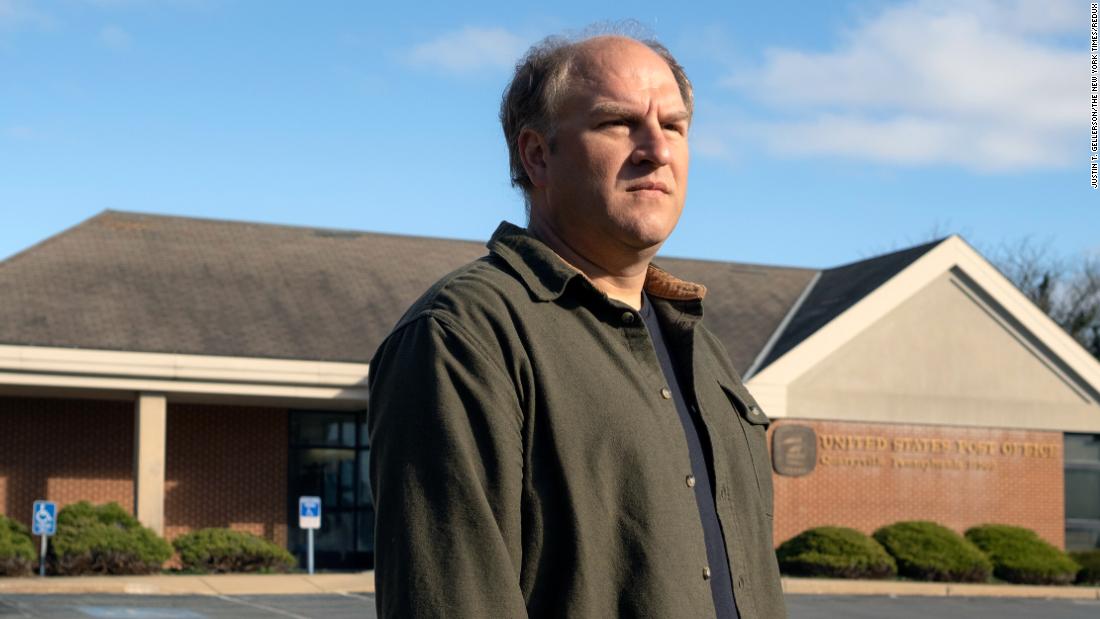LOCALS in a tiny UK village felt their houses “shaking” and heard “a loud boom” as a 3.1 magnitude earthquake hit.
A quake measuring 3.1 on the Richter scale rocked Inchlaggan, in the Scottish Highlands, at 4.45pm on Friday.
PAOthers reported hearing and feeling the movement in Fort William, Roy Bridge, Inverinate, Glenshiel, and Morvich[/caption]
British Geological SurveyThe red marker above shows where the earthquake hit[/caption]
The British Geological Survey (BGS) confirmed it happened at a depth of 8km and had an impact zone of approximately 24km.
One local penned on Facebook: “Felt it in Muirshearlich. Sounded like a big helicopter flying very low over the house.
“The house shook and there was a boom noise.”
Another added: “Heard it the house shook thought it was the quarry blasting.”
“Felt the house move in Knoydart,” a third said.
Some else claimed they “heard a loud boom and felt shaking” in Gairlochy.
“Yes. The house was shaking and rattling. I thought my washing machine had malfunctioned,” another resident wrote.
Others reported hearing and feeling the movement in Fort William, Roy Bridge, Inverinate, Glenshiel, and Morvich.
It comes as scientists have been recording an increase in UK seismic activity, as reported by the Daily Record.
There have been more than 100 earthquakes this year, with at least nine in just one week.
One of them measured 1.1 in magnitude at a depth of 9km and occurred in Dorrington, Shropshire, at 2.44am on July 21.
Less than 24 hours later a 0.8-magnitude tremor was recorded 3km underground in Ormidale, Argyll and Bute.
The largest seismic activity unfolded on Sunday, July 27, when two quakes hit the Southern North Sea off the coast of Cromer.
They both registered 3.2 in magnitude, at depths of 18km and 21km respectively.
There was then a 0.8 magnitude tremor felt, in Llanddewi, Powys, Wales, the same night.
Earlier last week there were also earthquakes beneath the Celtic Sea near St Davids.
Kilfinan felt a 1.3-magnitude quake on July 24, while Ormidale experienced a 0.8 tremor less than 10 minutes later.
In Wales, a minor quake with a magnitude of 1.1 and depth of 4km, shook Llangurig, Powys in the early hours of July 25.
There are around 200 to 300 earthquakes in Britain every year – with most of them going unnoticed.
But around 30 can be felt and have a magnitude of 2.0 and larger.
The largest known Scottish earthquake on land occurred near Loch Awe in 1880, with a magnitude of 5.2.
UK earthquakes, particularly in Scotland, are most often attributed to glacial rebound.
Until about 10,500 years ago much of the north of the UK was covered by a thick layer of ice – which pushed the rocks down into the underlying mantle.
These rocks have been slowly rising back up ever since the ice melted, causing occasional earthquakes in the process.
The UK is also subject to tectonic stresses caused by the expansion of the Atlantic Ocean.
What causes earthquakes?
Here’s everything you need to know…
An earthquake is a shockwave caused by rocks being under extreme forces
They are typically triggered by the movement of Earth’s crust
Earth’s tectonic plates, the massive shelves of crust that carry the continents and seafloor, meet at points called fault lines
When these plates rub over or against one another, huge amounts of pressure are generated
This creates shockwaves that send violent vibrations through Earth
The shock can split the planet’s crust and create devestating tsunamis
PAThe seismic activity was felt in the Scottish Highlands[/caption] Published: [#item_custom_pubDate]






















































